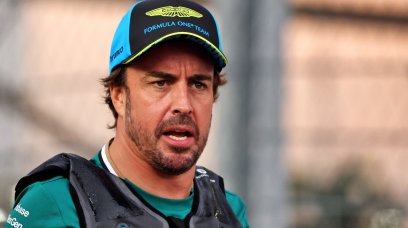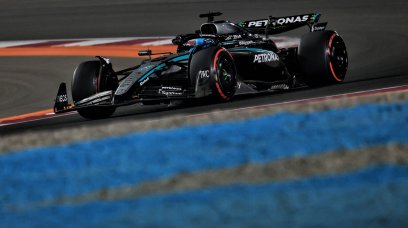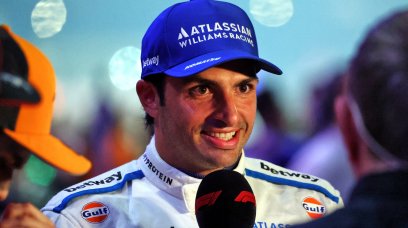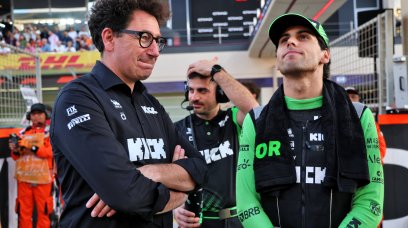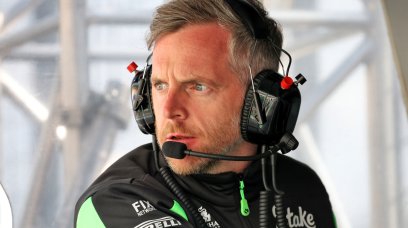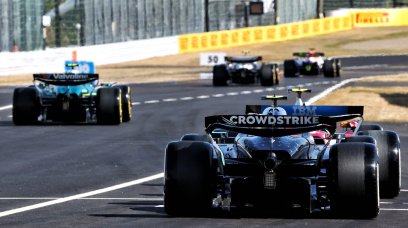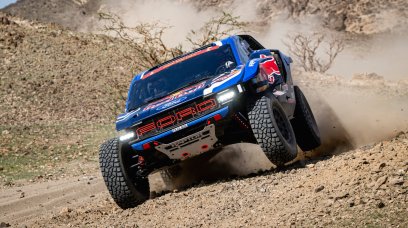Cyberspace is currently awash with allegations/rumours/suggestions and even reports that one or other teams failed their crash tests, with some big team names - including Red Bull and Mercedes - amongst them. The implications are that the namechecked teams are in trouble and need to redesign their chassis and/or add weighty structures to pass 2022's substantially more stringent safety requirements. Indeed, rumours abound that one or two teams will not make testing. None of this follows, of course, simply, because F1 engineers are fiendishly clever and able to deliver solutions in double-quick time. However, when one pushes the envelope with unknown technologies it is inevitable that not every team will succeed at its first attempt, every time. Tests are never easy; if they were, they would be unnecessary because everybody would waltz through them. Chat to team PR folk and they inevitably spin their situations; indeed, there is talk some launches will be postponed – simple delays given most if not all teams switched to virtual unveilings despite some early plans to launch their 2022 cars live. The exhibits may not be runners on launch dates, but so what – many teams have over the ages launched 'rolling chassis'. However, chat to engineers and the backstories are somewhat different. They're a tight-knit bunch, engineers, and most know each other and can imagine - or hear from common suppliers - about the challenges faced by others, more usually because they face - or faced - similar issues. And, yes, most say the deadlines will be tight, but all have no doubts they will test in Montmelo on 23 February.
What could be causing any failed crash tests?
Why, then, the tightness? For starters, forget not that for the last five or so seasons engineers have worked with largely mature designs and technologies, so any redesigns were fundamentally evolutionary rather than revolutionary. Thus, the 'new era' regulations with their totally different car architectures and related technologies are a major reason but not the sole factor, although the rule book calls for totally different front and rear aerodynamics, in turn affecting nose and tail sections which are prime impact protection locations. Ditto the sidepods, which now feature underbody sculpturing and strakes to create downforce through ground effects, while side impact protection spars (SIPS) are raised 60mm from 2021, creating further changes. The switch to sprung suspension also disrupted design processes, as did adoption of standard (BBS) wheel rims. All these changes mean different pit equipment, too – more time-consuming design challenges. In addition, last season ended later than usual due to initial uncertainties surrounding the calendar, hence it was 'backloaded' to host as many events as feasible. Add in back-to-back and triple-header events and some F1 folk accumulated substantial 'lieu time' - off days due to exceeding statuary hours - and were released immediately they returned from Abu Dhabi. Others stayed on for rookie and tyre tests after the finale. Finally, the $145m budget cap that kicked in last year minimally impacted on 2021 cars as these were largely rolled-over 2020 designs with minimal changes – and were thus hardly affected by financial restrictions. However, reduced headcounts at major teams disrupted work patterns and flows on 2022 cars, also forcing teams to resort to different (cheaper) materials and/or outsourcing to reduce spend. These factors add up.
Increased weight should not be forgotten
Although the minimum weight of cars has been increased by 43kg to 795kg, meeting the limit is a major challenge, as Sauber’s technical director Jan Monschaux told RacingNews365.com . "We have increased safety, which comes along with quite a severe weight addition on the car, but with all the additions on the [regulations] and the bigger tyres, bigger rims, bigger brake discs, the weight is clearly a big, big topic for all the teams," he said. "It's going to be extremely challenging; it’s certainly a big, big factor for us." Unsaid was the effort that went into paring back weight where possible, in turn further pushing out timelines and increasing pressures on design staff. The longer engineers spend in wind tunnels and on simulations the better the base car, and thus technical teams push to the absolute limit, potentially affecting the initial designs of impact zones. The bottom line is that all teams face myriad unknown factors and a variety of challenges created by the wholly revamped regulations, with increased safety test parameters and compressed time frames complicating matters. Against the background, it is perhaps understandable that teams - big and small - may initially fail crash tests. If anything, such failures are indicative that engineers are pushing their new designs to absolute limits under heavily constrained circumstances. Such failures become drama only when they occur serially, too close to testing – which is still over three weeks hence…
Most read
